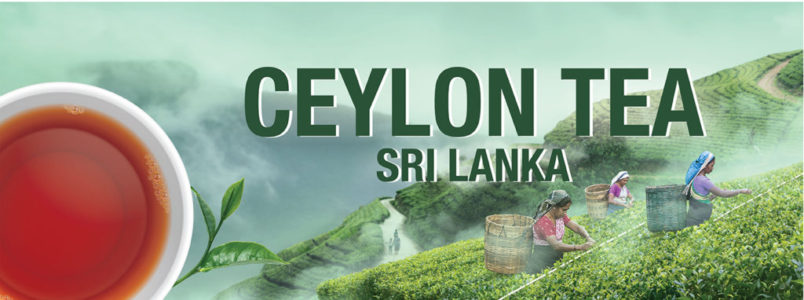Latest Ceylon Tea Market Updates
Ceylon Tea industry was undergoing a tough time due to reduced prices and crop decline. The Forbes & Walker Tea Market report last week indicated a price drop of Rs. 20 to 30 ($0.12-0.17) per kilo , which they said “put pressure on market conditions and affected the viability of the industry”.Supporting this view, the John Keells Plc, Tea Market report also indicated a comparative price drop of about Rs. 50 ($0.29) per kilo , in comparison to 2017.

On results up to September 2018, the report said overall average 2018 to date was Rs. 599.38 ($3.49), while 2017 results during the same period was Rs. 644. 21 ($3.75), clearly indicating that at these prices, plantation losses were further compounded by lower production.
End September results were that harvested crop was 223.21 million kilos, while in the same period of 2017, the report said was 233.08 million kilos, recording a drop of 9.8 million kilos. Year end results would not convey a brighter picture, it indicated.
The Planters’ Association of Ceylon, (PA) said at a recent media conference that the demand by trade unions for a 100% increase on the basic wage was “unrealistic and untenable” considering depressed prices and declined production.
The unions had further refused to relate wages to productivity, the PA said. At present, the basic wage was Rs. 500 ($2.91)per day. The 100% increase demanded by workers would mean a basic wage of Rs. 1,000 ($5.82) with additional pluses.
Recent negotiations were reported inconclusive, subject to further discussion. Overall, the RPCs were incurring losses, the PA said. Productivity and related add ons including EPF, ETF and ‘over kilo harvesting’ would ensure a daily wage of more than Rs. 940 ($5.47), it pointed out.

Reverting to world production figures, the Asia Siyaka market report indicated that Sri Lanka’s production was lower than China, India’s crop of 791.75 million kilos and Kenya at 265.17 million kilos. Sri Lanka’s performance in 2017 relegated its position to fourth world-wide.
However, Sri Lanka, India, Bangladesh, Uganda, were producing less in 2017. Although world production figures showed less tea being produced, results in Colombo tea market did not reflect the supply and demand prices that should have placed tea on a more sound footing. Reasons for lower prices in Colombo were subject to US sanctions on Iran, which affected Colombo’s prices.
Brokers, however, said that winter buying resulted in some salutary results at the auctions here, but irrespective of some good teas being produced, the market was not significantly buoyed by better prices.
Low growns were supported by Turkey, CIS, Dubai, Iraq, and Saudi Arabia. Flowery grades commanded prices from Rs. 1,600 to 2,200 ($9.30-12.80) per kilo. , flowery grade production was minimal and did not feature in much positive difference on overall standing for prices.
References
1.Original Post: http://www.island.lk/index.php?page_cat=article-details&page=article-details&code_title=193840
2.Picture Source: http://www.pureceylontea.com/



